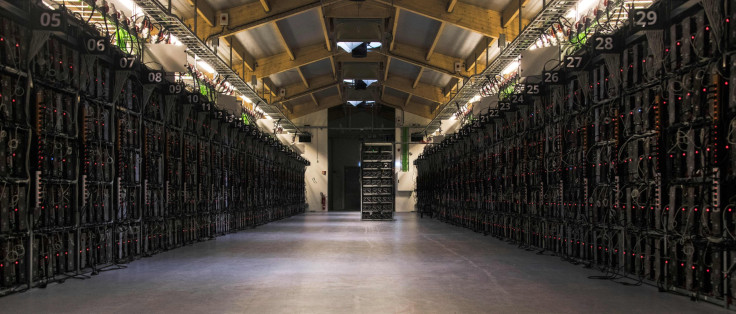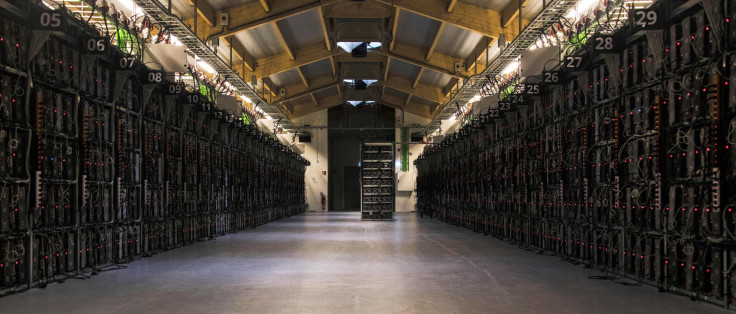What Is Blockchain? A Simple Breakdown Of The Technology For Bitcoin, Cryptocurrency Novices

One cannot casually follow the torrent of daily news without hearing terms like “bitcoin,” “cryptocurrency” and “blockchain” at least once a week. However, these are fairly confusing concepts unlike pretty much anything that came before them, so people can and should be forgiven for not quite understanding them.
It seems like the blockchain is here to stay, at least for a while, so it is worth getting educated about it. Luckily, the internet is full of helpful resources to get started, whether someone wants to become a bitcoin miner or just wants to know what all the fuss is about.
What Is The Blockchain?
The actual ins and outs of how the blockchain works are fairly complex, but the concept can be explained somewhat succinctly. Don and Alex Tapscott managed to get it down to a single sentence in their book “Blockchain Revolution,” as cited by Blockgeeks:
“The blockchain is an incorruptible digital ledger of economic transactions that can be programmed to record not just financial transactions but virtually everything of value.”
This short video from the Institute for the Future is a visual and audio supplement that also gets the point across.
Basically, the blockchain is an ever-expanding, decentralized network in which important information, like the transfer of funds, is heavily verified and available for everyone to see. Most importantly, in theory, that information cannot be edited or corrupted by outside forces, like a potential money transfer through a bank.
How does it work?
Blockgeeks has a well-designed and easily digestible visual chart to track the movement of data through a blockchain that comes recommended to newcomers.
Essentially, when someone wants to send information to someone else through the blockchain, first it has to go through a large peer-to-peer network of connected computers. Those computers use algorithms to validate the information, as well as the two users engaged in the exchange.
Once the information passes that test, it becomes a block of data. That block is then added to the chain, making it widely visible for everyone on the network to check if need be. Since none of this data is held in a central location by some higher authority, it is much more difficult for hackers and other morally compromised individuals to influence things.
Why was the blockchain created? Who made it?

The blockchain as a practical, functional concept is largely credited to the rise of the cryptocurrency bitcoin, starting in 2008. Though it could theoretically be used for all kinds of important things, the best example of its practicality is the secure transfer of money.
As for who made the blockchain, that is a bit more complicated. The creator of bitcoin is known online by the pseudonym Satoshi Nakamoto, but their true identity is still a mystery. It could be a single famous figure in the tech industry or a group of relatively unknown programmers acting under a single online handle, or anything in between.
In short, blockchain gives people a way to transfer data without any kind of government oversight.
© Copyright IBTimes 2025. All rights reserved.





















